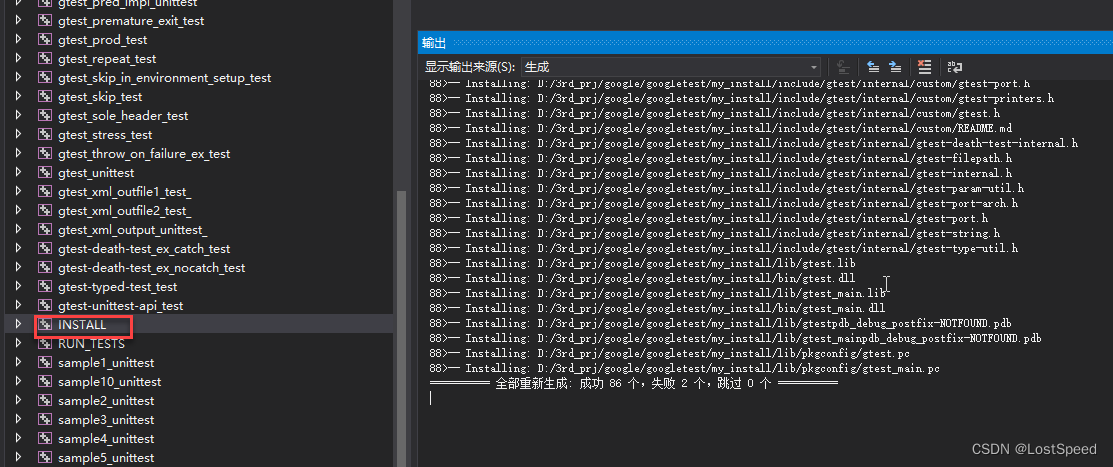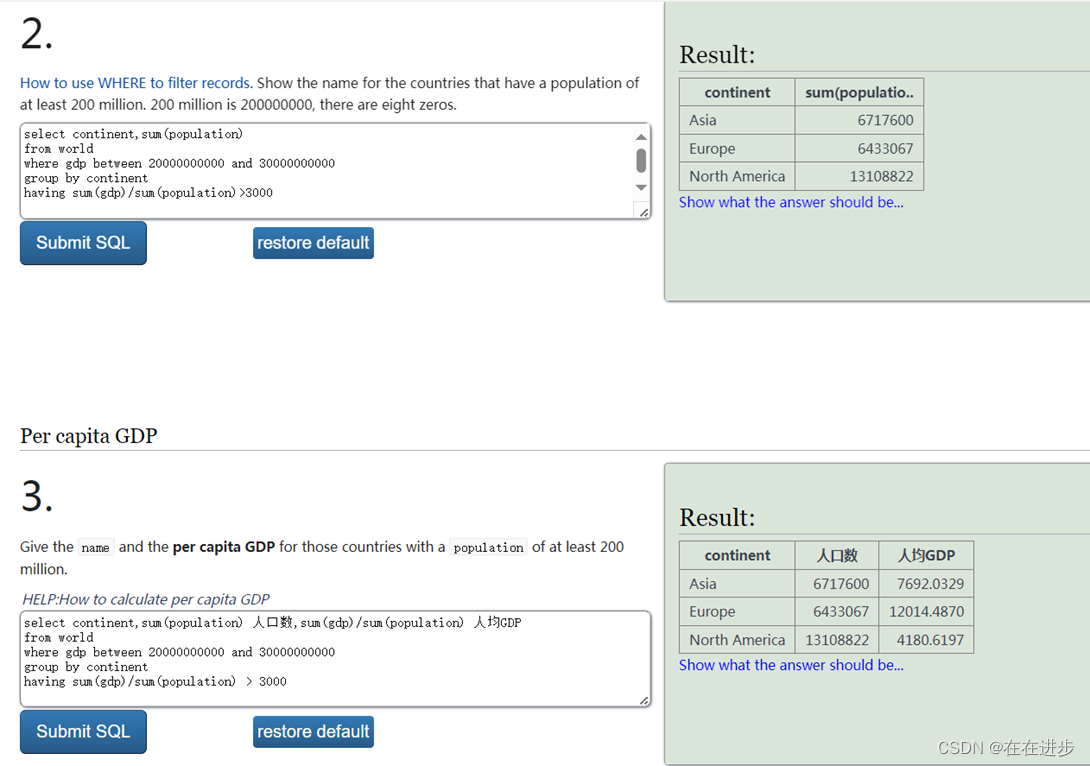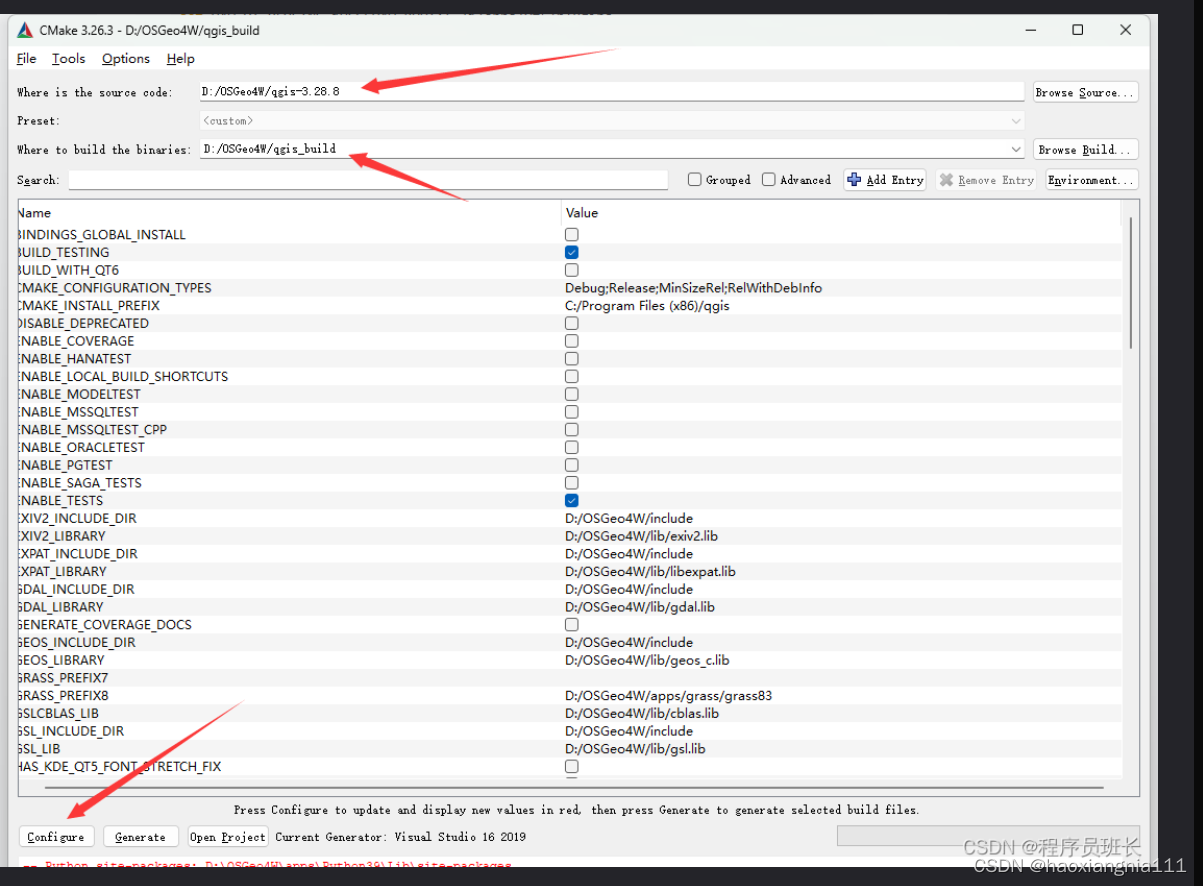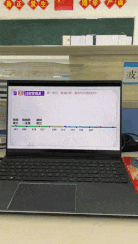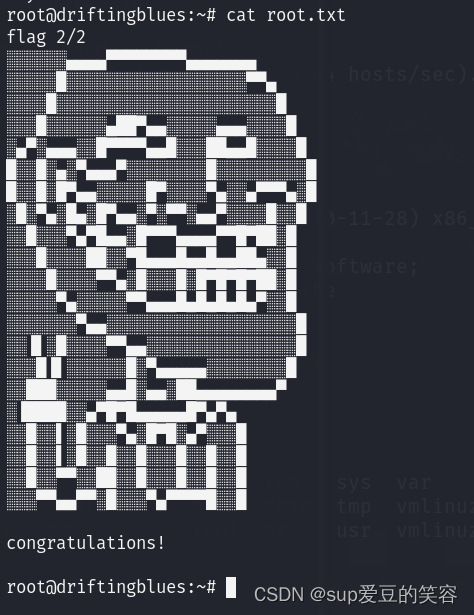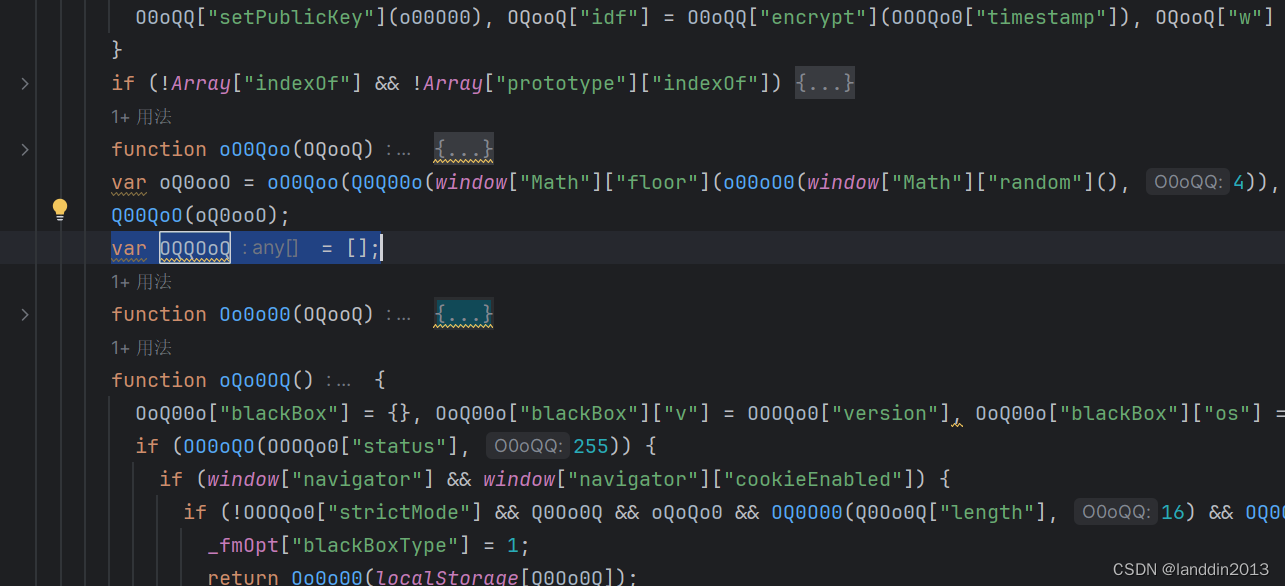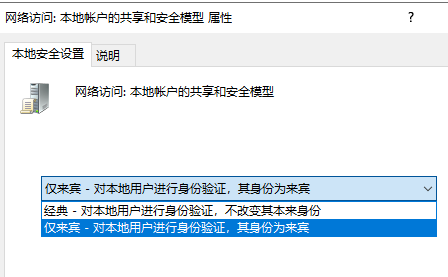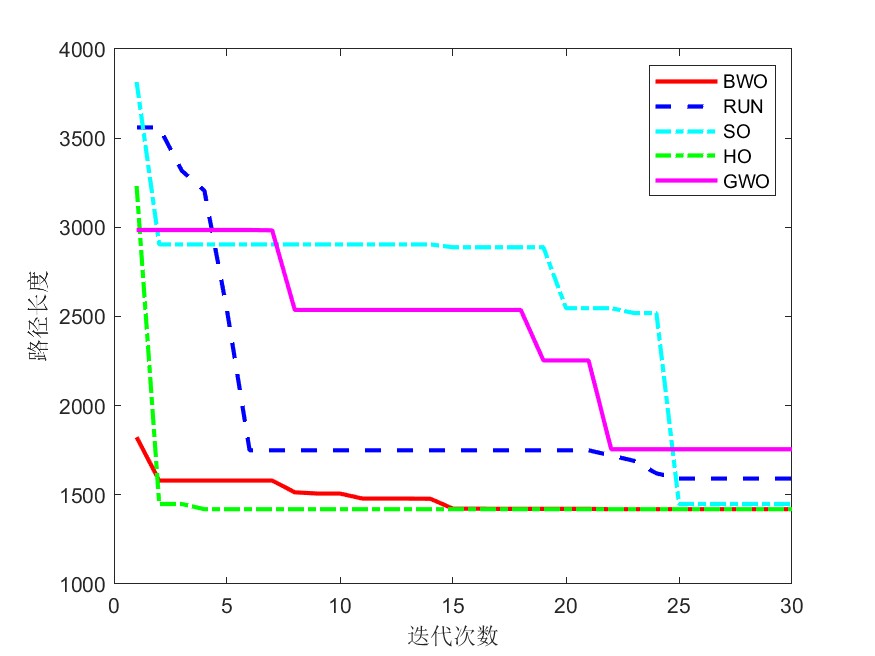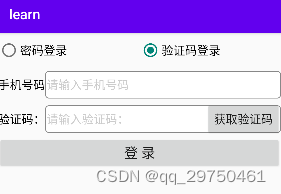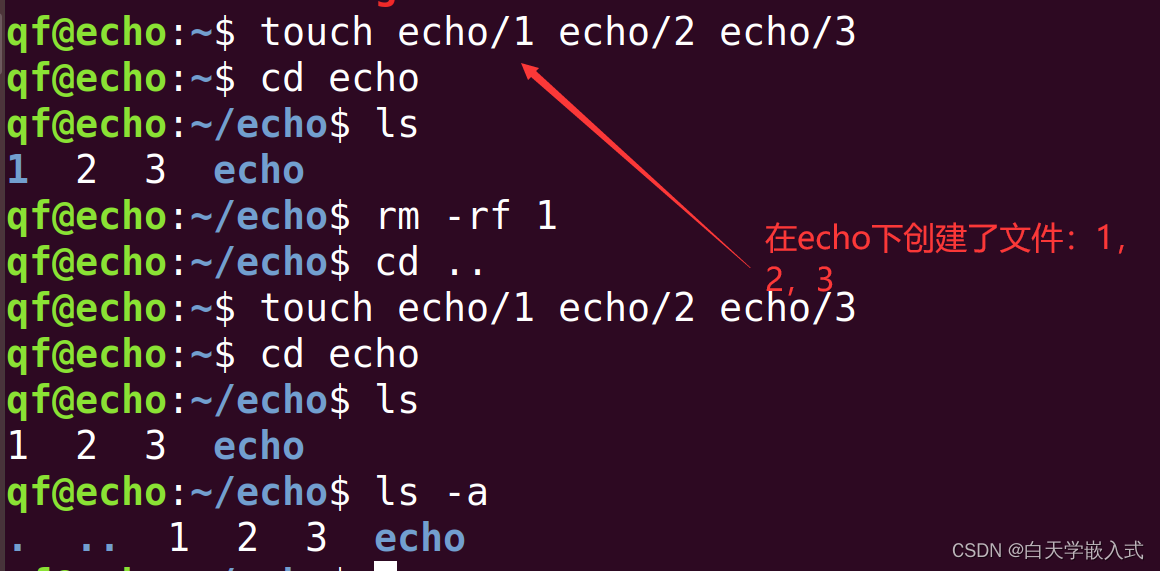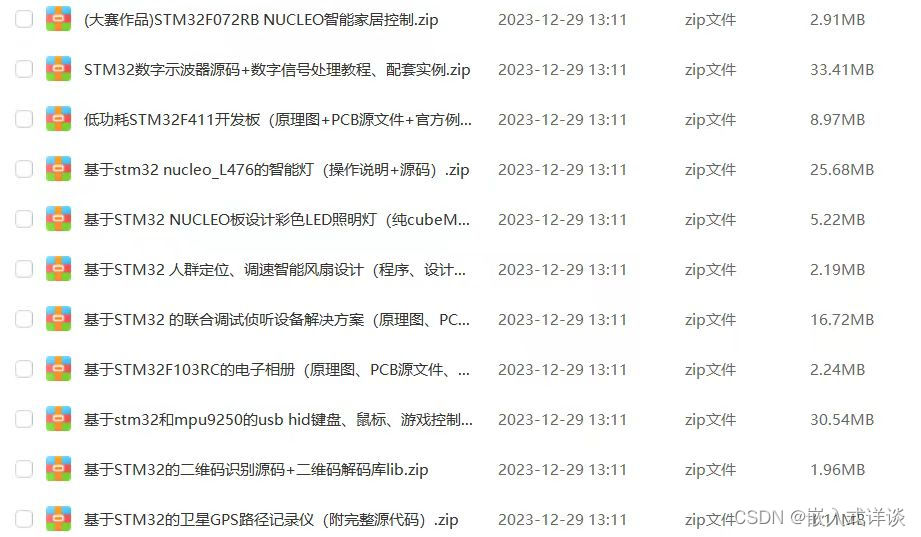在Python中,全局变量是在程序的全局范围内定义的变量,可以在整个程序中访问。虽然在Python中使用全局变量并不像在其他编程语言中那样被推荐,因为它可能导致代码不易理解和维护,但在一些特定的情况下,全局变量仍然是有用的。

1、问题背景
在 Python 中使用 Tkinter 库创建 GUI 时,有时会遇到 “button1 is not defined” 的错误。这可能是由于在函数中使用了在其他函数中定义的变量。例如,在下面的代码中,button1 在 next_screen 函数中定义,但在 hypoténusegetdef 函数中使用:
import sys
from tkinter import *
#first new screen
def hypoténusegetdef ():
widgets1 = button1
nextscreen1(widgets1)
def next_screen1(names):
for widget in names:
widget.place_forget()
hyplabel1 = Label (text = "This is my text")
def next_screen(names):
for widget in names:
widget.place_forget()
button1 = Button (text = "Button1",fg = "blue",command = hypoténusegetdef)
button1.grid (row = 1,column = 2)
def forget_page1():
widgets = [mLabel1, button]
next_screen(widgets)
################################################################################
#first page things
mGui = Tk ()
mGui.geometry("600x600+545+170")
mGui.title("MyMathDictionary")
mLabel1 = Label (text = "Welcome to MyMathDictionary. Press Next to continue.",
fg = "blue",bg = "white")
mLabel1.place (x= 150,y = 200)
button = Button (text = "Next", command = forget_page1 )
button.place(x = 275,y = 230)
mGui.mainloop()
当用户点击 “Next” 按钮时,forget_page1 函数将调用 next_screen 函数,后者将销毁 mLabel1 和 button 小部件,并创建 button1 小部件。当用户点击 button1 按钮时,hypoténusegetdef 函数将被调用,但该函数试图使用 button1 变量,而该变量在该函数中未定义。
2、解决方案
一种解决方法是将 button1 变量声明为全局变量。这可以通过在函数外声明该变量来实现,如下所示:
import sys
from tkinter import *
#first new screen
button1 = None
def hypoténusegetdef ():
widgets1 = button1
nextscreen1(widgets1)
def next_screen1(names):
for widget in names:
widget.place_forget()
hyplabel1 = Label (text = "This is my text")
def next_screen(names):
for widget in names:
widget.place_forget()
button1 = Button (text = "Button1",fg = "blue",command = hypoténusegetdef)
button1.grid (row = 1,column = 2)
def forget_page1():
widgets = [mLabel1, button]
next_screen(widgets)
################################################################################
#first page things
mGui = Tk ()
mGui.geometry("600x600+545+170")
mGui.title("MyMathDictionary")
mLabel1 = Label (text = "Welcome to MyMathDictionary. Press Next to continue.",
fg = "blue",bg = "white")
mLabel1.place (x= 150,y = 200)
button = Button (text = "Next", command = forget_page1 )
button.place(x = 275,y = 230)
mGui.mainloop()
现在,当用户点击 “Next” 按钮时,forget_page1 函数将调用 next_screen 函数,后者将销毁 mLabel1 和 button 小部件,并创建 button1 小部件。当用户点击 button1 按钮时,hypoténusegetdef 函数将被调用,该函数现在可以访问 button1 变量,因为它是全局变量。
全局变量在 Python 中的应用场景有很多,例如,可以用来在函数之间共享数据。然而,使用全局变量也存在一些弊端,例如,容易导致代码难以维护和调试。因此,在使用全局变量时,需要权衡利弊。
总的来说全局变量在某些情况下很方便,但过度使用全局变量可能会导致代码的可维护性下降。主要是因为,在编写Python代码时,应尽量减少对全局变量的使用,而是更多地采用函数参数和返回值来传递数据。
如果有任何问题都可以这里留言讨论。

